Search Results for ‘exercise’
Fancy Feet: The Importance of Pet Nail Trimming
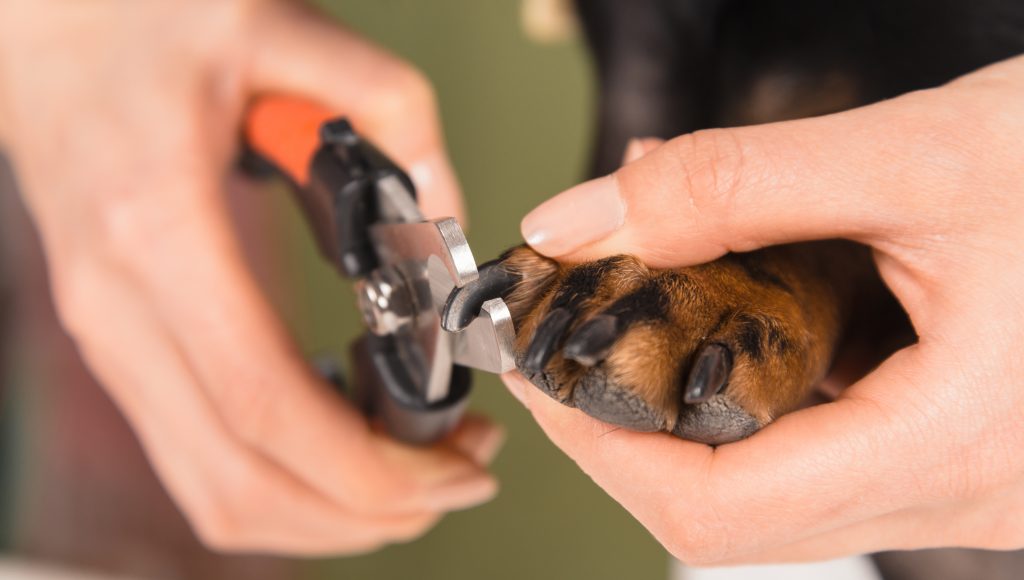 Have you been hearing the telltale click of Fido’s nails on your kitchen floor lately? Has Whiskers taken to shredding the corner of the leather sofa again? If so, it may be time to trim your pet’s nails.
Have you been hearing the telltale click of Fido’s nails on your kitchen floor lately? Has Whiskers taken to shredding the corner of the leather sofa again? If so, it may be time to trim your pet’s nails.
For many pets and their owners, pet nail trimming can be a task that invokes fear and dread. Your friends at Lone Tree Veterinary Medical Center understand your apprehension and want to help you get started on this important health and wellness task.
Deep Connections: The Power of the Human-Animal Bond
 Our veterinarians and veterinary support staff share a deep love for animals, and if you’re reading this, we’re guessing that you feel the same. Our pets bring so much love, joy, affection and humor to our lives, it probably comes as no surprise that the human-animal bond may be deeply intertwined with our health, well-being and, possibly, our survival as a species.
Our veterinarians and veterinary support staff share a deep love for animals, and if you’re reading this, we’re guessing that you feel the same. Our pets bring so much love, joy, affection and humor to our lives, it probably comes as no surprise that the human-animal bond may be deeply intertwined with our health, well-being and, possibly, our survival as a species.
What is the Human-Animal Bond?
According to the American Veterinary Medical Association (AVMA) the human- animal bond is defined as, “…a mutually beneficial and dynamic relationship between people and animals”. Indeed, humans have benefitted from this unique connection for thousands of years. Animals were so essential to the daily lives of early humans that there is evidence we may not have survived or thrived without them.
Beware of the Scoot: All You Ever Wanted to Know about Anal Sacs in Pets
 You probably weren’t thrilled when your pet did the “Boot Scootin’ Boogie” across the carpet, just as you were serving the main course to your boss who happened to be over for dinner that evening. Your pet’s timely scoot is more than just an embarrassing situation, however, and may be an indication that he or she is having anal sac issues.
You probably weren’t thrilled when your pet did the “Boot Scootin’ Boogie” across the carpet, just as you were serving the main course to your boss who happened to be over for dinner that evening. Your pet’s timely scoot is more than just an embarrassing situation, however, and may be an indication that he or she is having anal sac issues.
Anal sacs in pets are an important part of the anatomy, and must be functioning for your pet’s comfort and safety. Even if your pet has never had issues in this particular area, knowing how to care for the anal sacs is an important component of responsible pet ownership.
What Are Anal Sacs in Pets?
Anal sacs, also sometimes called anal glands, are two small, bag-like structures located just inside the rectum in both dogs and cats. These little pockets are lined with glands that produce a strongly scented fluid. Normally, as a dog or cat defecates, the fluid contained inside the sacs is transferred to the stool.
Battle of the Bulge: Pet Obesity
Baby It’s Cold Outside: Winter Pet Safety
 Winter isn’t here just yet, but many of us have already begun thinking about our cold weather preparations. You may have started digging out your coats and sweaters, beginning the process of winterizing your home, yard, and car, and perhaps even entering the planning stages for holiday and winter celebrations and get-togethers.
Winter isn’t here just yet, but many of us have already begun thinking about our cold weather preparations. You may have started digging out your coats and sweaters, beginning the process of winterizing your home, yard, and car, and perhaps even entering the planning stages for holiday and winter celebrations and get-togethers.
This slow transition to cold weather is the perfect time to consider winter pet safety. Keeping pets protected during the icy months is vital to their safety, comfort, and overall health. Continue…
Oh Sugar, Sugar: Diabetes in Pets
 Diabetes is one of the leading causes of death among people in the United States, and our pets aren’t far behind in falling victim to this disease. Studies show that diabetes now affects a whopping 1 in 50 dogs and cats, and doesn’t show any signs of slowing down.
Diabetes is one of the leading causes of death among people in the United States, and our pets aren’t far behind in falling victim to this disease. Studies show that diabetes now affects a whopping 1 in 50 dogs and cats, and doesn’t show any signs of slowing down.
Because diabetes in pets is more common than most people realize, combating this disease requires education and diligence on the part of responsible pet owners. Continue…
The Allergic Dilemma: Best Pets For Pet Allergy Sufferers
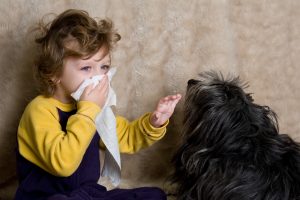
An estimated 15% of people have a pet allergy, with cats being the most common perpetrators, followed closely by dogs. Fortunately, having a pet allergy doesn’t necessarily mean you can’t have a pet!
With a little bit of research and planning, many allergic pet owners have successfully intertwined their lives with a four-legged friend.
Understanding Your Pet Allergy
Dander, tiny flecks of skin shed by dogs, cats, rodents, and birds, is the most common pet allergy trigger. Other pet-related particles, including saliva, urine, and feces, can release particles into the air when dried, which can be inhaled and trigger allergic symptoms. Continue…
Kind Kitties: Cat Bite Prevention Tips
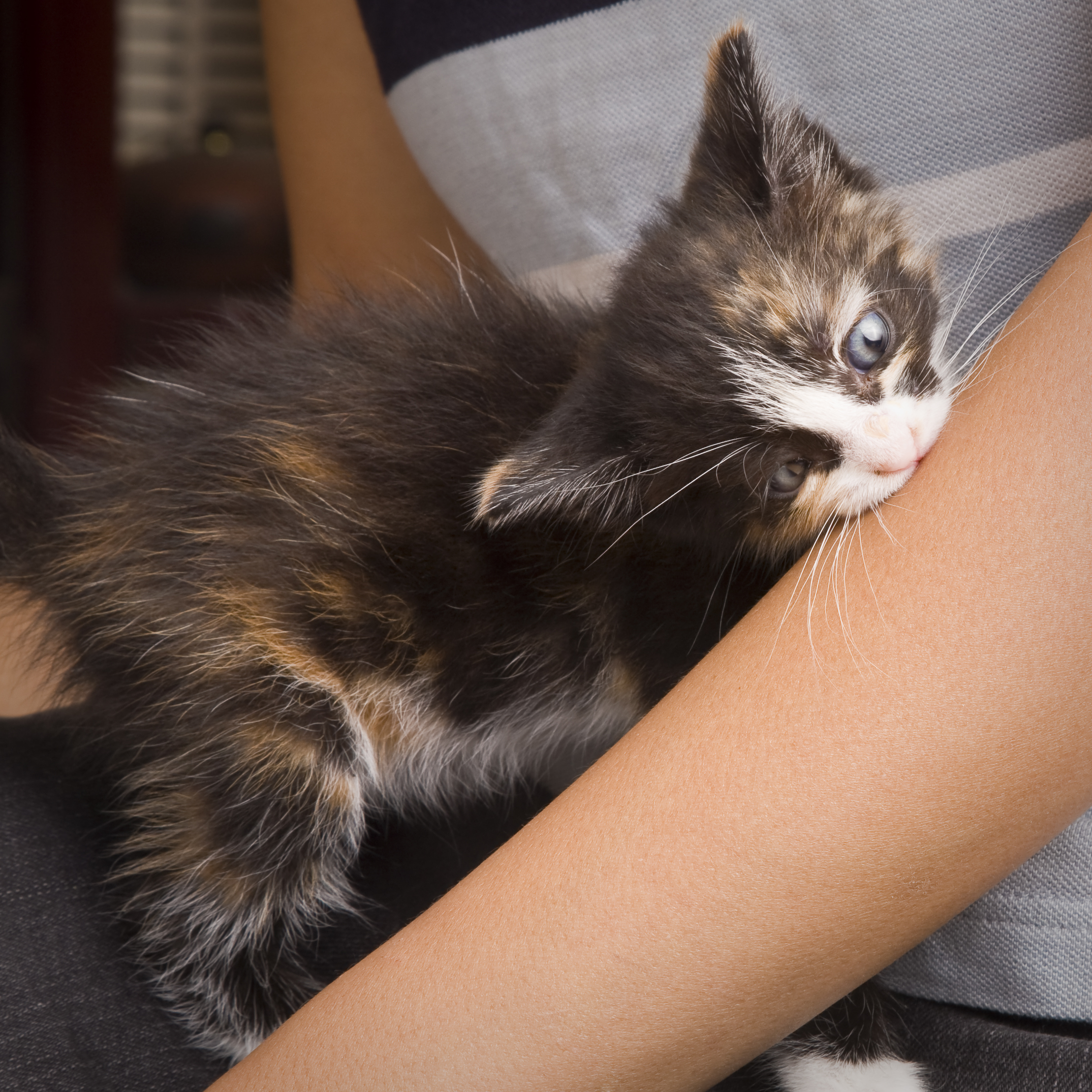 It’s a common scenario: One minute your sweet kitty is snuggled in your lap, purring away as you absentmindedly stroke his or her soft fur, and the next thing you know your little buddy has turned on you and is now ferociously biting the hand that was petting it so gently just seconds before. You shout, leap to your feet, knock over your beverage. Kitty darts off your lap and out of the room, leaving both of you shaken and annoyed.
It’s a common scenario: One minute your sweet kitty is snuggled in your lap, purring away as you absentmindedly stroke his or her soft fur, and the next thing you know your little buddy has turned on you and is now ferociously biting the hand that was petting it so gently just seconds before. You shout, leap to your feet, knock over your beverage. Kitty darts off your lap and out of the room, leaving both of you shaken and annoyed.
This strange behavior is certainly perplexing, but by focusing on a variety of cat bite prevention techniques you may be able to mitigate your cat’s aggression, and create a calmer, more peaceful environment that both you and kitty can enjoy. Continue…
Calm, Cool, And Collected: Tips For Getting Your Cat To The Vet
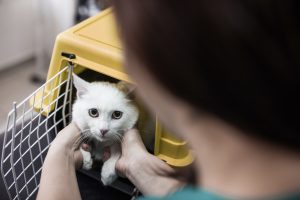 Taking your cat to the vet is probably low on your list of enjoyable activities. Between the struggle to get kitty into the carrier, the car ride, and the shenanigans that may ensue once you get your cat up on the examination table, getting kitty to the clinic can be quite an ordeal.
Taking your cat to the vet is probably low on your list of enjoyable activities. Between the struggle to get kitty into the carrier, the car ride, and the shenanigans that may ensue once you get your cat up on the examination table, getting kitty to the clinic can be quite an ordeal.
Although cats are the most popular pets in the U.S., they visit the veterinarian far less frequently than their canine counterparts. Due in part to the troubles many cat owners face when it’s time to take kitty to the clinic, it’s estimated that a third of pet cats did not visit the veterinarian for any reason last year. Continue…
Cancer In Pets: Fighting A Formidable Foe
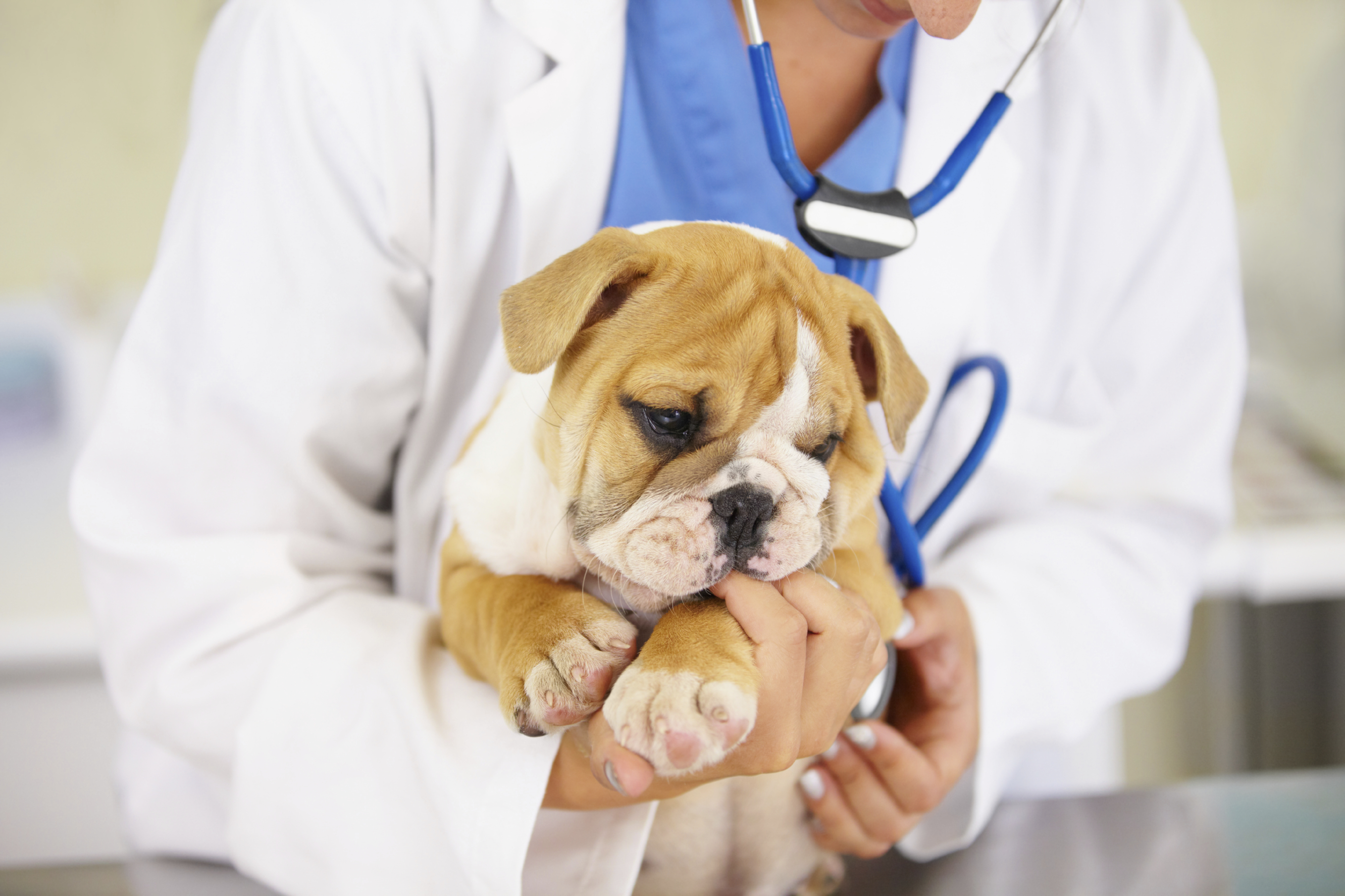
A diagnosis of cancer in a beloved cat or dog can be absolutely devastating. Unfortunately, with pets living longer than ever, cancer in pets becoming increasingly common, especially among seniors. Cancer remains one of the most common causes of death in adult and senior dogs and cats.
As of yet, there is no cure for cancer in pets, but with early detection and a commitment to preventive care, we can give our pets the best chance at a long and happy life.
Signs Of Cancer In Pets
Understanding the early signs of cancer in pets is vitally important to catching and treating the illness before it becomes more difficult and costly to treat. Give us call if you notice any of the following symptoms in your pet: Continue…


